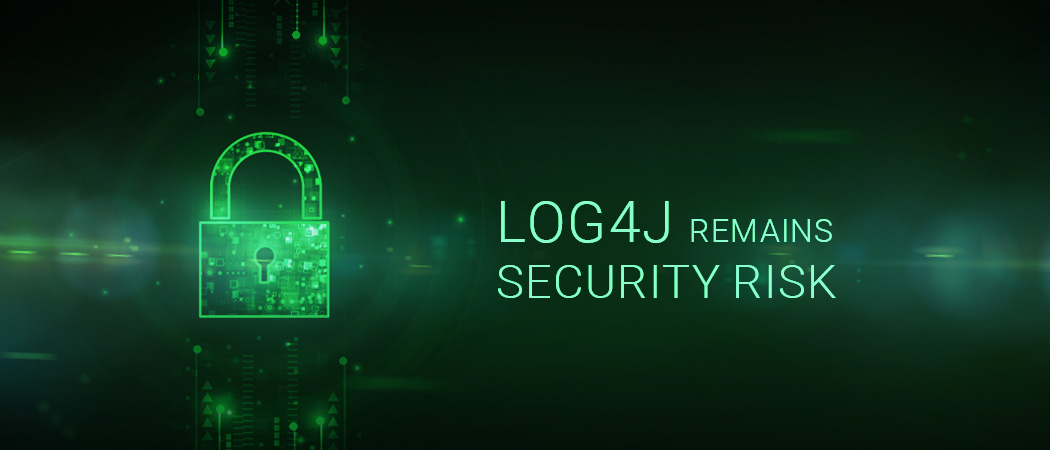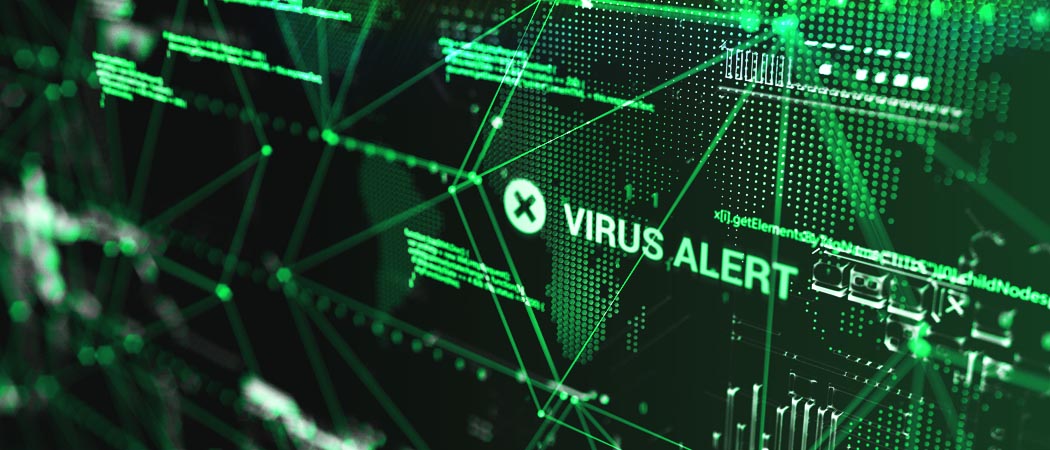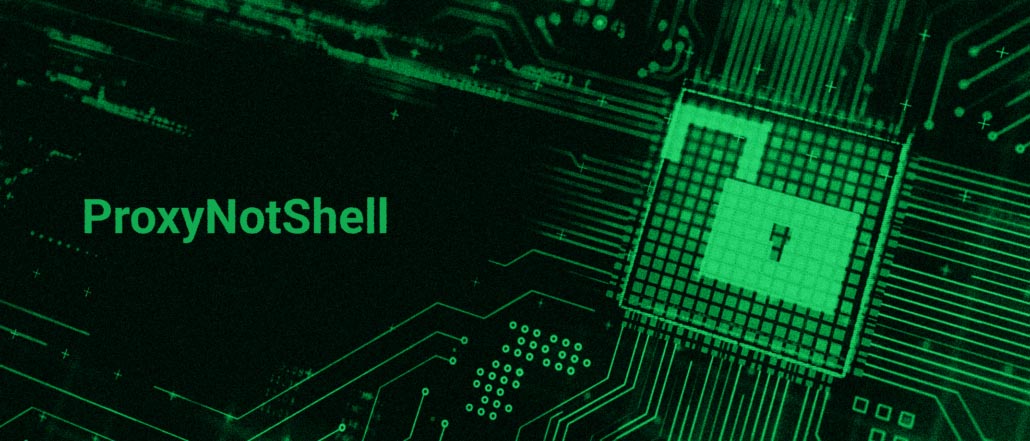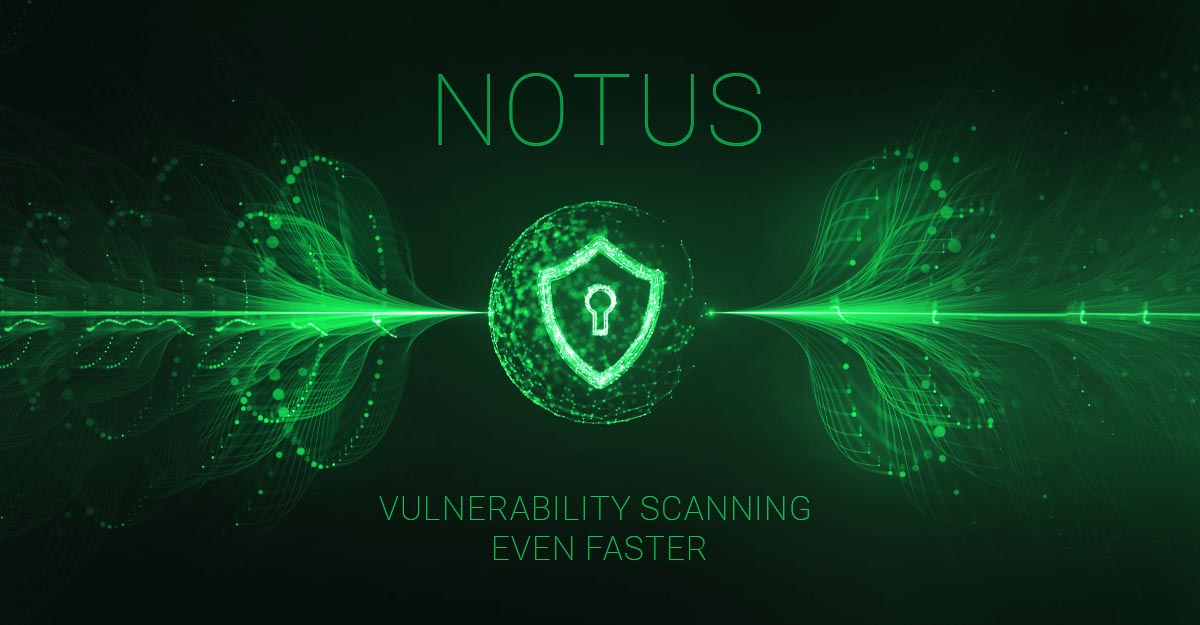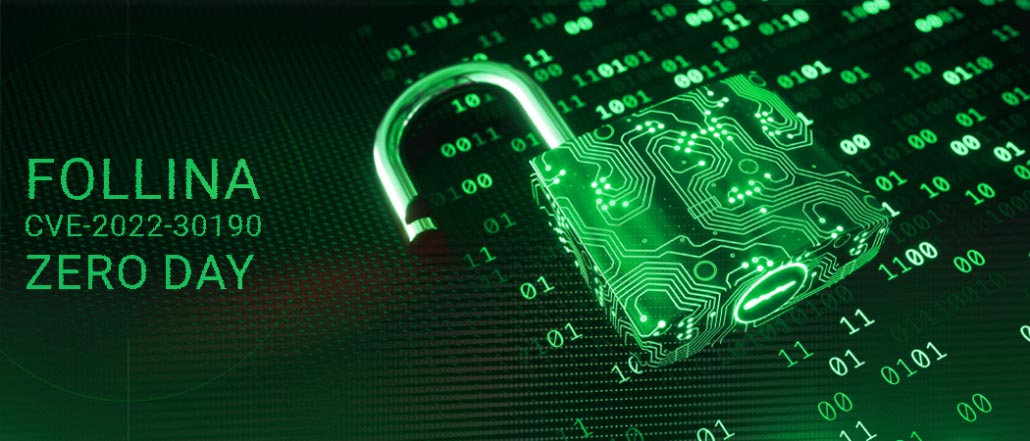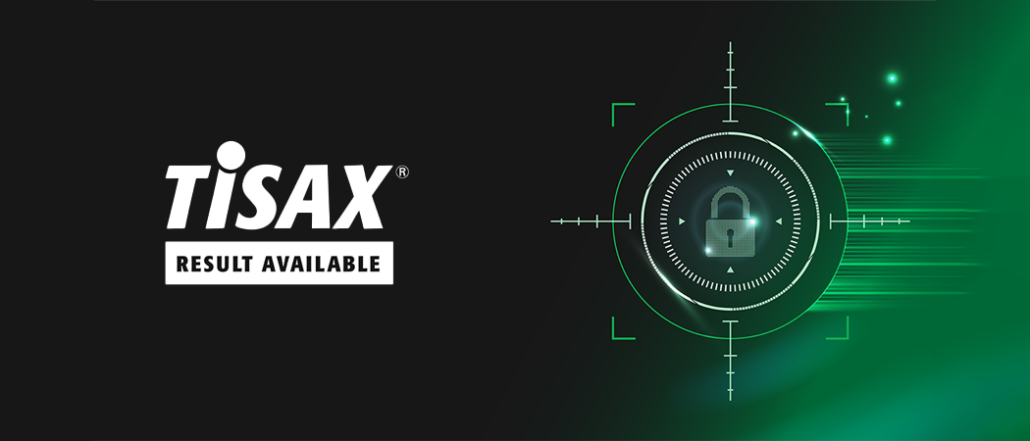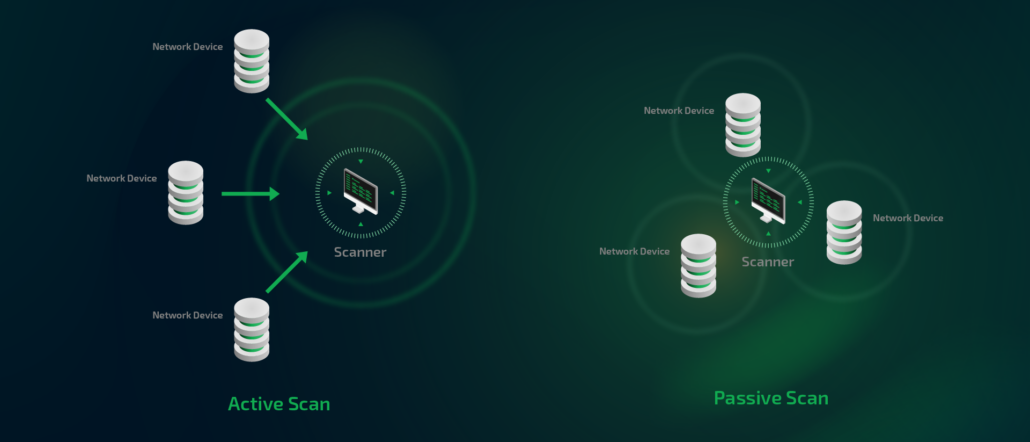Starting in 2024, the EU plans to spend one billion euros on the “Cybersolidarity Act”, and North Rhine-Westphalia is funding institutions that invest in IT security and hazard prevention with more than 70 million euros: Anyone who has not yet put the topic of vulnerability management on their agenda should do so as soon as possible – and take advantage of the funding that has been made available.
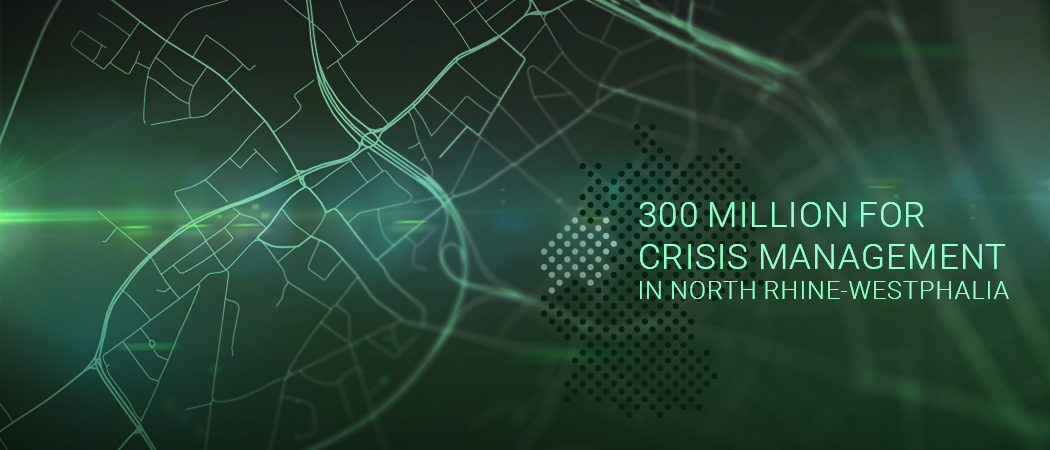
The EU will invest massively in vulnerability management: According to a DPA report, the Commission wants to “establish national and cross-border security centres across the EU” that will use artificial intelligence (AI) and data analysis to detect and report cyber threats and incidents in a timely manner.”
A “European Cybersolidarity Act” is to be, achieved to “strengthen the EU’s capabilities for effective operational cooperation, solidarity and resilience”, concretely this means “creating a secure digital environment for citizens and businesses and protecting critical facilities and essential services such as hospitals and public utilities.”
Concrete plans
The law provides for a cyber emergency mechanism, preparedness measures, the creation of a new EU cyber security reserve and financial support for mutual administrative assistance, as well as the creation of an “EU Cyber Security Skills Academy” (on the EU’s Digital Skills & Jobs platform). Two thirds of the 1.1 billion will be financed through the “Digital Europe” programme.
70 million in funding from NRW
However, the increasing attacks on critical infrastructures, authorities and companies are not leaving the governments of the federal states idle. The federal state of North Rhine-Westphalia, for example, is setting a good example: the black-green state government under Science Minister Brandes (CDU) is now concretely offering to support day-care centres, schools and universities not only with energy prices, but also with 77 million euros in cybersecurity in the same package. According to dpa, this includes many different aspects, from IT systems such as firewalls or two-factor authentication to emergency power generators and locking systems, but also “more personnel” in the field of cybersecurity. Existing funding pots for IT security, for example digital-sicher.nrw, remain unaffected.
Funding from the federal government and other states
The federal government is also currently providing support for security-conscious entrepreneurs and managers: the BMWK is currently setting up a transfer office for IT security in the economy, whose funding office is to provide targeted support for small and medium-sized enterprises. In Bavaria, which is dominated by the election campaign, information can be found at Bayern Innovativ or at the IT Security Cluster. Hesse boasts of offering a “nationwide unique support for small and medium-sized enterprises against cyber attacks”, and in Baden-Württemberg, they not only support AI cybersecurity projects, but in January they also launched half a million euros in funding for SMEs that want to invest in cybersecurity.
Greenbone’ support for cybersecurity
We at Greenbone have created a solution with the Greenbone Enterprise Appliances that closes this gap and ensures cybersecurity. Potential vulnerabilities are found before they are exploited. The vast majority of vulnerabilities that lead to damage in IT infrastructures are not new, but have been known for more than a year. What is often missing are solutions that offer active security by detecting such vulnerabilities before they are exploited by attackers, prioritising them and making suggestions for their elimination. This is exactly what Greenbone has been doing very successfully for over 10 years.
The Greenbone Enterprise Appliances offer solutions for different needs, adaptable to the individual company size in the form of a hardware solution or as a virtual solution. In addition, the package includes an all-round service from support with the application for funding and implementation to data analysis and remediation of vulnerabilities. Find out more about Greenbone’s cybersecurity here.


